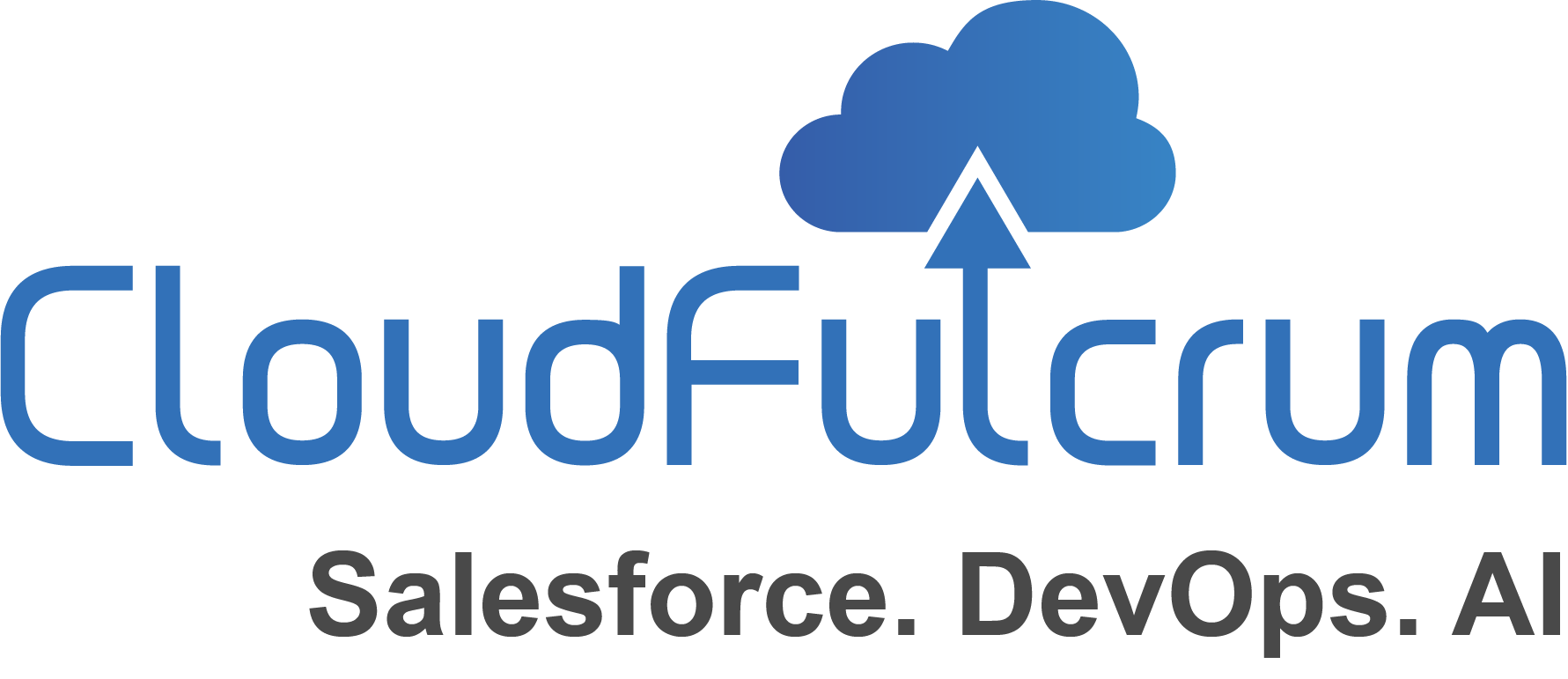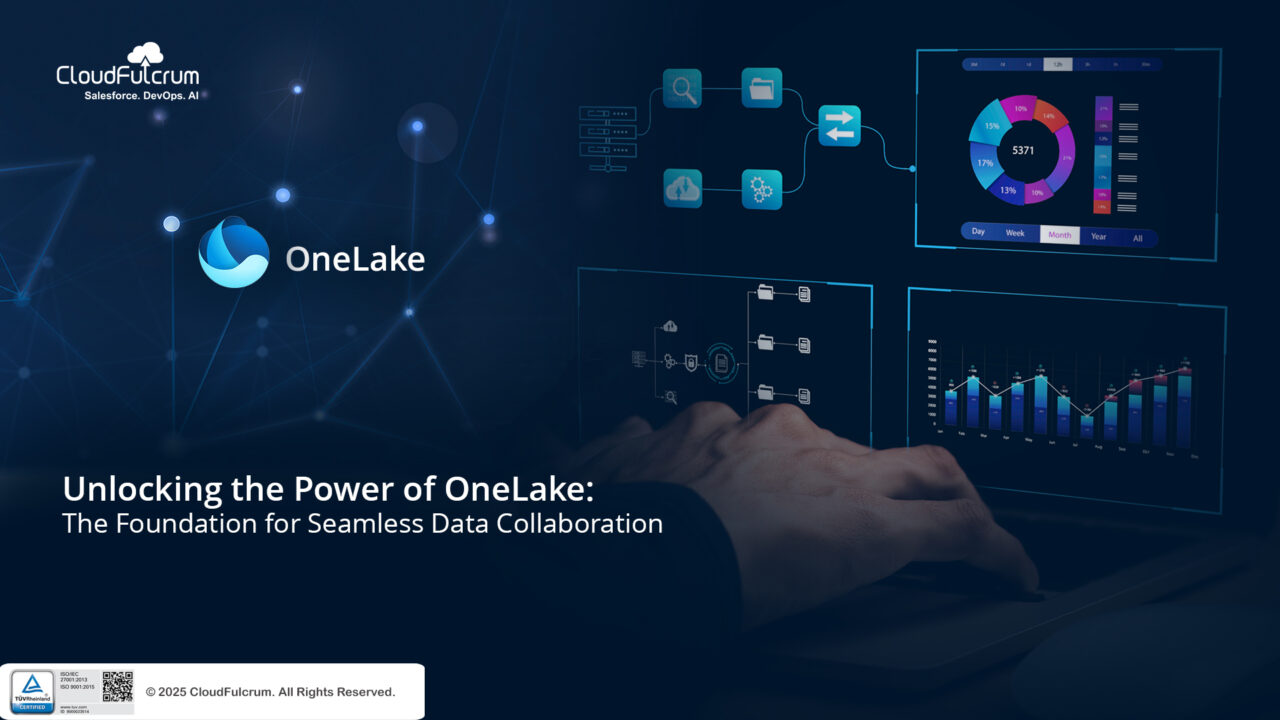Welcome back to our series on Unified Data Intelligence. In Part 1, “The Dawn of Unified Data Intelligence,” we introduced the transformative potential of Microsoft Fabric, Azure, and OneLake as an integrated ecosystem poised to break down data silos and accelerate data-driven innovation. Today, we delve deeper into the core of this unified vision: Microsoft OneLake and its strategic imperative for modern data architectures.
The Persistent Challenge of Data Silos:
For years, organizations have battled the fragmentation of their data landscape. Different departments, applications, and processes often result in isolated data stores – data warehouses here, data lakes there, SaaS application data elsewhere. This siloing creates significant challenges:
Duplication and Inconsistency: The same data may exist in multiple places, leading to inconsistencies and difficulties in establishing a single source of truth.
Complex Data Integration: Moving and transforming data between these silos requires intricate and often brittle ETL/ELT pipelines, consuming valuable time and resources.
Limited Collaboration: Teams working in different data environments struggle to share and collaborate effectively, hindering comprehensive insights.
Increased Governance Complexity: Managing security, compliance, and data quality across disparate systems adds significant overhead and risk.
OneLake: A Unified Data Foundation for Microsoft Fabric:
Microsoft OneLake directly addresses these challenges by providing a single, unified, logical data lake that is natively integrated into the Microsoft Fabric experience. It’s not just another storage account; it’s a foundational service that offers a cohesive and governed data repository accessible across all Fabric workloads, including:
Data Engineering: Seamlessly access and transform data using Spark and dataflows.
Data Warehousing: Build high-performance data warehouses directly on the OneLake.
Data Science: Explore, prepare, and train machine learning models on a unified dataset.
Real-Time Analytics: Analyze streaming data alongside batch data within the same environment.
Power BI: Build rich visualizations and reports directly on the curated data in OneLake.
Key Architectural Concepts of OneLake:
One Logical Lake: Despite potentially spanning multiple underlying Azure Data Lake Storage Gen2 accounts for scalability and regionality, OneLake presents a single, coherent namespace to users. This simplifies data access and management.
Shortcuts: OneLake introduces the concept of shortcuts, allowing you to reference data in existing Azure Data Lake Storage Gen2 accounts or even other storage systems without physically moving or copying the data. This enables seamless integration with your current data estate while benefiting from OneLake’s unified governance and access control.
Managed and Governed: OneLake inherits the robust security and governance capabilities of Azure Data Lake Storage Gen2 and is tightly integrated with Microsoft Purview for data discovery, lineage, and policy enforcement. This ensures a consistent and compliant data environment.
Automatic Configuration: Provisioning and configuring a data lake for each Fabric workspace is automatic, removing the traditional complexities associated with setting up and managing separate data lake instances.

The Strategic Advantages of Embracing OneLake:
Elimination of Data Silos: By providing a central and accessible repository, OneLake breaks down the barriers between different data workloads and teams.
Simplified Data Integration: Shortcuts minimize the need for complex data movement, allowing teams to work with data in its existing location while benefiting from the unified Fabric environment.
Enhanced Collaboration: With a shared data foundation and consistent access controls, data engineers, scientists, and analysts can collaborate more effectively on the same datasets.
Streamlined Governance: Applying security and compliance policies at the OneLake level simplifies data governance across the entire Fabric ecosystem.
With easier data access and reduced integration complexities, organizations can derive insights and build solutions much faster.
Looking Ahead:
The unified data foundation provided by OneLake is a game-changer, but its true power is realized when combined with the comprehensive analytics capabilities of Microsoft Synapse Fabric. In Part 3 of our series, “End-to-End Analytics Accelerated: Mastering Synapse Fabric for Actionable Insights,” we will explore how Synapse Fabric leverages OneLake to provide a seamless and powerful environment for transforming raw data into valuable business intelligence.
How are you currently tackling data silos within your organization? Share your experiences in the comments below. Follow us on LinkedIn to continue your journey towards unified data intelligence.

